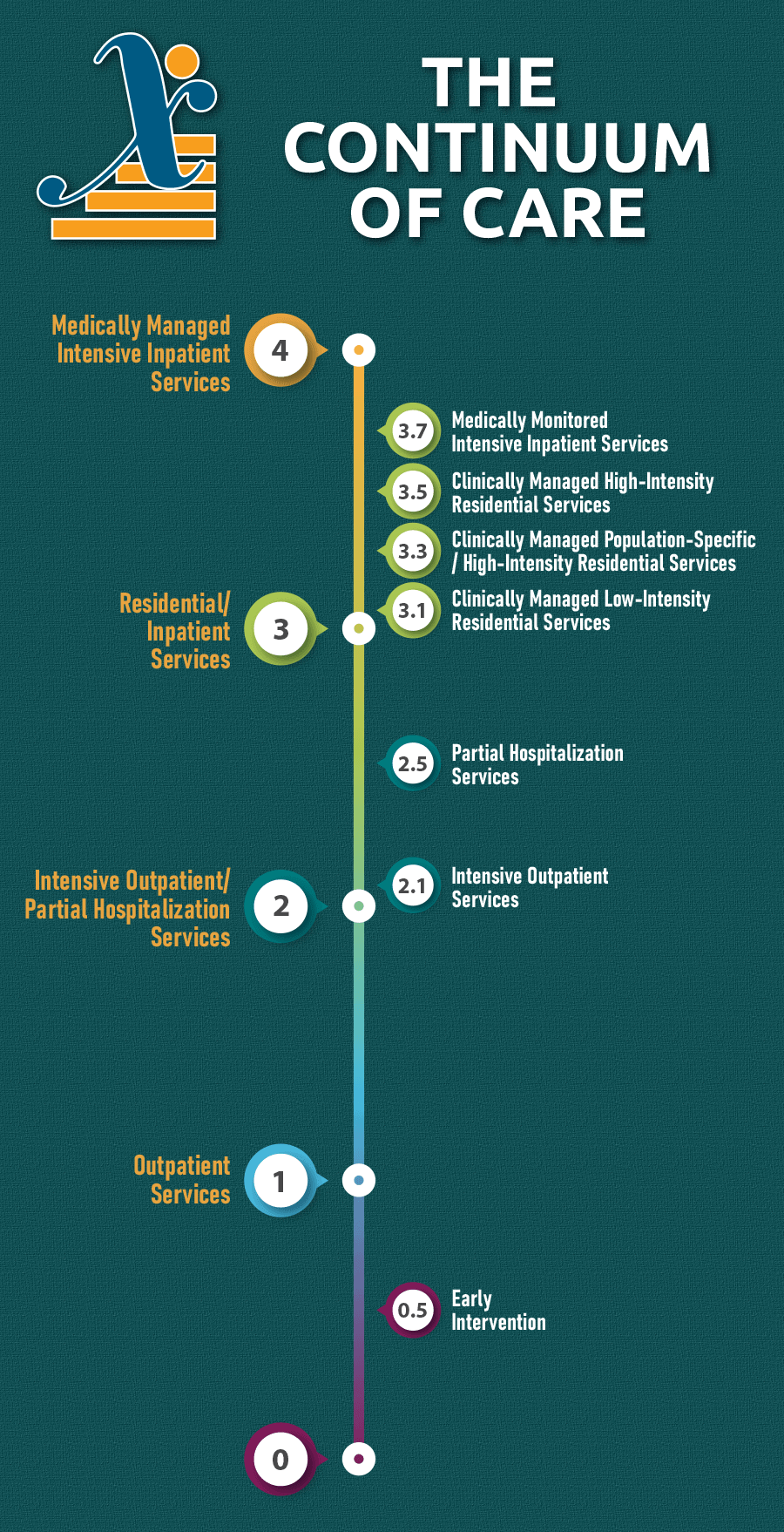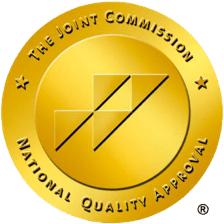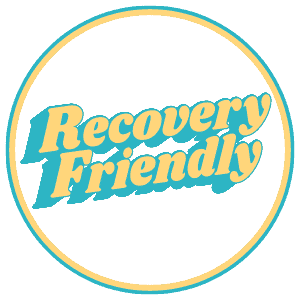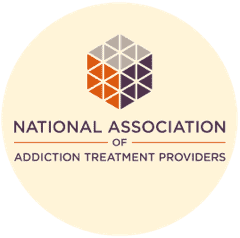Addiction in men is uniquely challenging for those seeking long-lasting sobriety.
As men use addictive substances, many factors can lead to dependency. Addiction is more than coping—it can result from any number of biological or genetics issues.
As you start the path to recovery, we at Next Step Recovery, want you to know how men’s addiction works.
We’ll cover some of your most pressing questions about addiction in males:
- What is men’s addiction?
- Is addiction different for men and women?
- Why do men get addictions?
- What are common addictions in men?
- What challenges do men face in addiction care?
- What should I know before starting addiction treatment?
Let’s jump into another of our deep dives together by starting with the basics.
What is Men’s Addiction?
Men’s addiction defines why and how dependencies specifically affect males. Addiction in men is unique due to biology, traumas, cultural expectations, and other factors. These characteristics are confronted with gender-specific addiction treatments, such as men-only recovery programs.
Men with addictions may have compulsive habits around any number of substances, things, or activities. These habitual behaviors are difficult to give up.
In this article, we’ll be focusing on common, disruptive forms of addiction in men.
Men might have an addiction if they:
- Continue behaviors despite negative consequences on social or work life.
- Engage in frequent, compulsive activities for unplanned amounts of time.
- Have loved ones that may define the behavior as overindulgence.
- Experience notable emotional discomfort if abstaining from the behavior.
- Are affected by physical illness symptoms if not engaging in the activity.
Many other indicators may lead to a man’s diagnosis of an addiction. In any case, a dependency on this level will continue to cause harm until qualified help intervenes.
Differences in Addiction for Men vs. Women
Addiction harms all genders, but there are notable differences in impacts on men.
Men’s addictions are frequently used to mask physical pain, fit in socially, or to cope with extreme mental burdens. Common issues may include pressures to be masculine or physically-rigorous job roles. These lead to triggers for addiction.
Women’s addictions can come from body composition, social pressures, and coping. Common factors include lighter bodyweight, elevated chemical response to substances. In addition, females experience higher rates of physical assault trauma.
Addiction care focuses on a blend of biology, environment, experiences, and other features. Men’s addiction treatment focuses on factors that often interact to cause addictions in males.
Men may benefit from gender-exclusive treatment if:
- Feeling like being emotionally-open is a weakness.
- Dealing with traumas you feel no one understands—like sexual abuse.
- Your social circle increased your urge to engage in your addiction.
Co-ed treatment is still a practical choice for anyone seeking treatment. However, a fine-tuned treatment plan for a client’s gender increases chances of lasting recovery.
Men’s Addiction Care Explained
Men-specific addiction programs target gender issues that prevent recovery.
Addiction programs tend to be most effective when peers have similar challenges.
Clients might have been in co-ed treatment in the past. While viable, these spaces may make men fall into behaviors that inhibit their ability to confide their struggles.
Men-only addiction care gives you a comfortable space to open up. Many clients find it easier to embrace vulnerability and feel that their experiences are understood.
To begin, you must first submit to clinical diagnosis and treatment before you can have true recovery. Admitting the possibility of having an addiction can be very hard.
Clients may be willing to accept treatment once they learn how addictions work.
Why Men Develop Addictions
Addictions are the result of cross-interactions between a mix of:
- Genetic abnormalities
- Mental traumas and experiences
- Environmental pressures and influences
You should be aware that addictions are not caused by weakness. Genetics, cultural beliefs, and even physical brain damage all can lead to unhealthy behaviors.
Men may be using their addiction to cope, or they may be “hardwired” to be susceptible to addictive behaviors.
Unfortunately, many men may be in denial or see themselves as in control of their condition. It is incorrect, but common, for addiction to be viewed as a “moral failing.”
This false perspective can cause the issue to go untreated and escalate. Addiction can and will send an individual into a downward spiral unless something is done.
Common Types of Men’s Addictions
Identifying the addiction is one of the earliest steps in treating the problem behavior.
Destructive habits come in many forms, but there are some dependencies that commonly lead to rehab treatment.
Common addictions affecting men include:
Substance abuse disorder (SUD) involves the overuse of a state-altering substance such as drugs or alcohol. These are a few of the more common substance addictions:
- Opioids—prescription painkillers (OxyContin, Vicodin), Fentanyl, heroin
- Alcohol
- Marijuana
- Cocaine
- Methamphetamine (meth)
Dual diagnosis involves at least one addiction and mental health condition. Co-occurring disorders require diagnosis and treatment to prevent relapse.
Of course, men can be afflicted with other dependency issues. Addictions to sex, gambling, and even food can be a burden on your health and wellbeing.
With all addictions, a man’s road to recovery will have a few blockades and detours.
Problems Males Face In Addiction Treatment
Male clients have many reasons for not seeking or fully engaging in addiction care.
Common issues that disrupt or prevent male addiction treatment include:
Moments of happiness can lead to denial of addiction or beliefs that you are cured. Addiction is chronic and lifelong. With no cure, struggles always return. Addiction treatment helps you manage the condition to keep it from stealing your life.
Belief in controlling substance use can keep men from submitting fully to the guidance and support of rehab. Male bravado is reinforced from youth into hood in many cultures. Clients must learn to be open without feeling inferior.
Reduced engagement in treatment may come from being unwilling to express traumas or seem “weak.” This can happen often in co-ed programs. Men-only programs help, but vulnerability is still difficult to embrace for many clients.
Co-occurring disorders may be undiagnosed, which can inhibit treatment. Clients can get care for addiction and recover, but any untreated mental conditions may trigger a relapse. Dual diagnosis treatment is the best way to tackle this issue.
Even if all goes well, treatment must be continuous for the best chance at recovery.
How Men’s Addiction Is Treated In The Continuum of Care

The continuum of addiction care (CoC) is a connective web that networks recovery services together. A CoC helps men avoid gaps in treatment and prevents relapse.
Continuum of care programs are grouped into the following stages:
- Level 0.5: early intervention services
- Level 1: outpatient services
- Level 2: intensive outpatient or partial hospitalization services
- Level 3: residential or inpatient treatment services
- Level 4: medically managed intensive inpatient treatment services
All treatment begins with diagnosis and substance detoxification if needed. You would then move through the continuum, stepping down into less intensive care.
Some men may show traits of risk factors for addiction without an official diagnosis. Level 0.5 intervention allows professionals to monitor you in case you develop a habit.
Entry into treatment depends on the severity of your condition. Level 2 and above may be advised for the safety of more unstable clients. Others may be able to do part-time treatment as a Level 1 or 2 outpatient.
Eventually, sober clients are released into full independence. However, sobriety is a lifelong process. You will still find yourself active in community support groups.
Relapse or roadblocks to progress are not uncommon, resulting in step-ups into higher levels of CoC treatment. Recovery is not a straight path, but the CoC ensures detours will not stop the journey.
Treatments Used for Men’s Addiction
Programs within the CoC may include a blend of treatment types for each client.
Detoxification is essential for any substance users. Abstinence is expected in most cases, and you may be assisted with detox medications to prevent lethal withdrawal.
Post-detox treatments commonly use therapy, peer support, and wellness services. The structure surrounding these treatments varies based on the program.
Treatments generally fall into one of these common program types:
- Inpatient treatment services for clients in a hazardous condition. Hospitalization may occur to safeguard the health and safety of the client and others around them. This usually includes around-the-clock attention.
- Intensive outpatient programs (IOPs) for clients who need structure to build a sober lifestyle. Clients show up to scheduled part-time treatments. But the clients live off-premises, either at home or in an outpatient residence.
- Outpatient recovery homes for men who need to live away from home and receive peer support. Sober living programs distance clients from triggers as they navigate independent sobriety.
These are some common methods for treating men’s addiction:
- Traditional talk therapy is the main route for mending any beliefs and thoughts feeding your addiction. CBT and DBT are among the most common types of psychotherapy for reaching sobriety.
- Alternative therapies are complementary therapies, usually taken alongside more traditional programs. Methods like adventure therapy support wellness and new ways of approaching the hurdles of recovery.
- Support groups like 12 Steps guide clients through treatment and into full independent sobriety. Since being sober is a lifelong commitment, these peer groups are your accountability and guidance.
These services work as a whole to carry a client through the continuum of care. Treatments may be assigned based on your unique challenges and interests.
What to Know Before Starting Men’s Only Addiction Treatment
You should be aware of a few expectations in men’s addiction care before entering treatment.
Protective care might be advised as you detox to protect your health and safety. This is usually only relevant for high-risk clients in more intensive care services.
Short-term relocation may be necessary if you are in need of hospitalization or residential care. Many clients need to step away since their home environment will make recovery difficult. Others are in no condition to recover without 24/7 attention.
Full engagement is unconditional for all program clients. Addiction recovery is a lifelong effort. It is not a solo task or a “sometimes” practice. Submitting to treatment means you are ready to learn, open up, and allow others to guide you.
Provider confidentiality may not apply in some cases. Depending on your diagnosis, you may be deemed a hazard to yourself and others. Providers may be required by law to disclose personal information about your care for your own safety.
How to Choose a Men’s Only Addiction Program
Recovery in a men’s addiction rehab program should be done in a specialized center.
Co-ed models and centers with many other focus areas may not have a refined men’s program. Staff must be practiced and highly aware of male-unique struggles.
Dedicated specialty is essential when choosing a recovery program for males. Treatment centers develop more expertise by focusing only on men. Providers get tuned into issues missed in other programs.
Prior to entering, you should check that your recovery center is truly men-only.
A dedicated men’s program may be easier to find if browsing out-of-state options.
When to Choose Out-of-State Male-Only Addiction Rehab
Men’s addiction programs may pack more benefits when out-of-state (OoS).
You might find OoS specialized care that offers:
- Trigger removal to create distance from your home environment. Local friends, locations, and even your own home may reinforce your addiction.
- Better engagement occurs when you have nowhere to retreat to. Leaving remote treatment is more painful than the easier route of embracing change.
- Unique services can include support groups or alternative therapies exclusive to certain regions.
Caretakers of loved ones might find OoS addiction care to be an inconvenience. Check if your program has any childcare services or local care that might help.
Distance treatment does take a few weeks, which may be an obstacle to treatment for some. Any decision should be made only after deciding what is right for you.
Takeaways on Men’s Addiction
In summary, men’s addiction care offers a personalized route to better recovery.
As a quick recap, you should now know that:
- Men’s addiction describes male-specific issues surrounding dependent habits.
- Addiction in men and women may be different due to physical traits, cultural norms, and social problems.
- Men develop addictions as a result of their biology and environment.
- Males may commonly be affected by substance abuse or dual diagnosis.
- Men with addictions may find it hard to overcome their social and cultural conditioning to be vulnerable.
Ultimately, men must face their unique struggles to move closer to true sobriety.
Know someone who could benefit from the facts about men’s addiction? Please like and share this post with them. Or, leave your questions or comments about addiction treatment below! We’re always looking for ways to keep the conversation about recovery going. Education is one of the most powerful tools we have to fight addiction.









